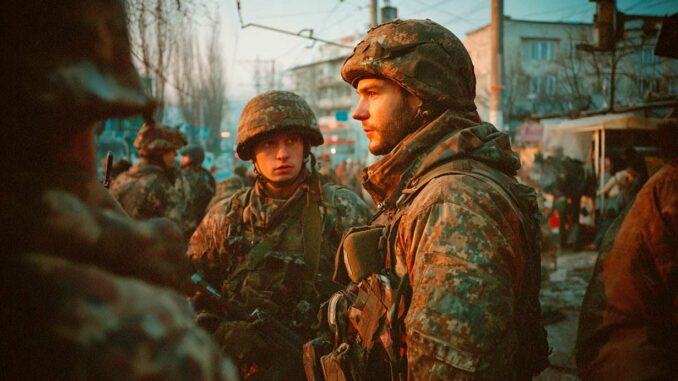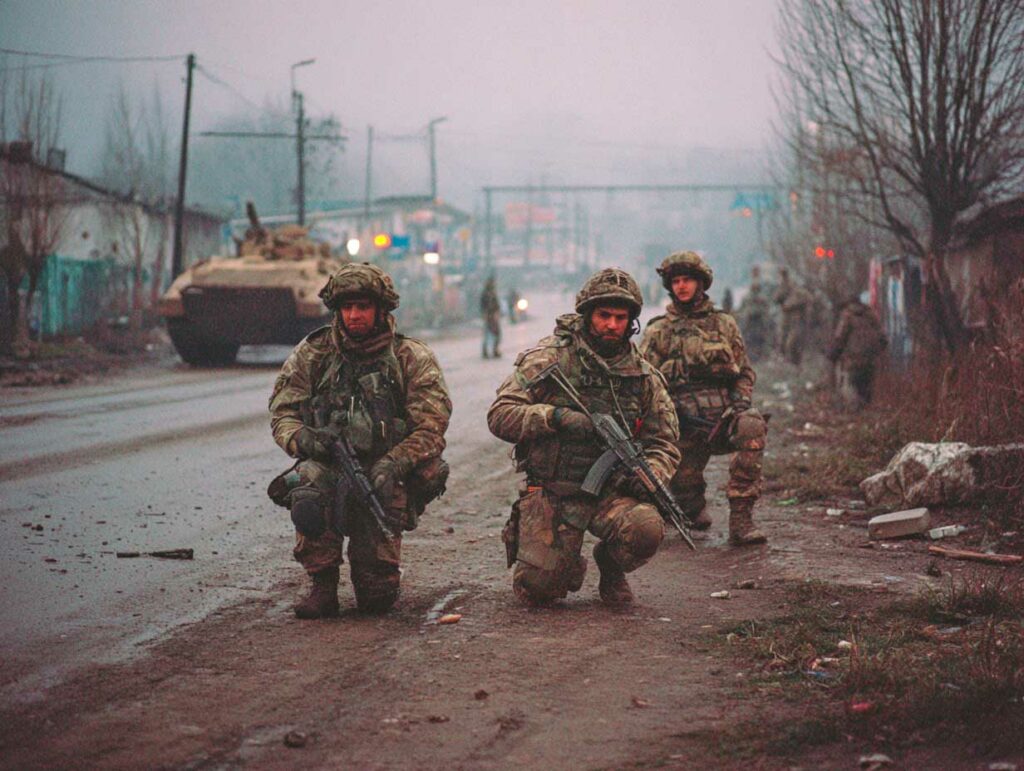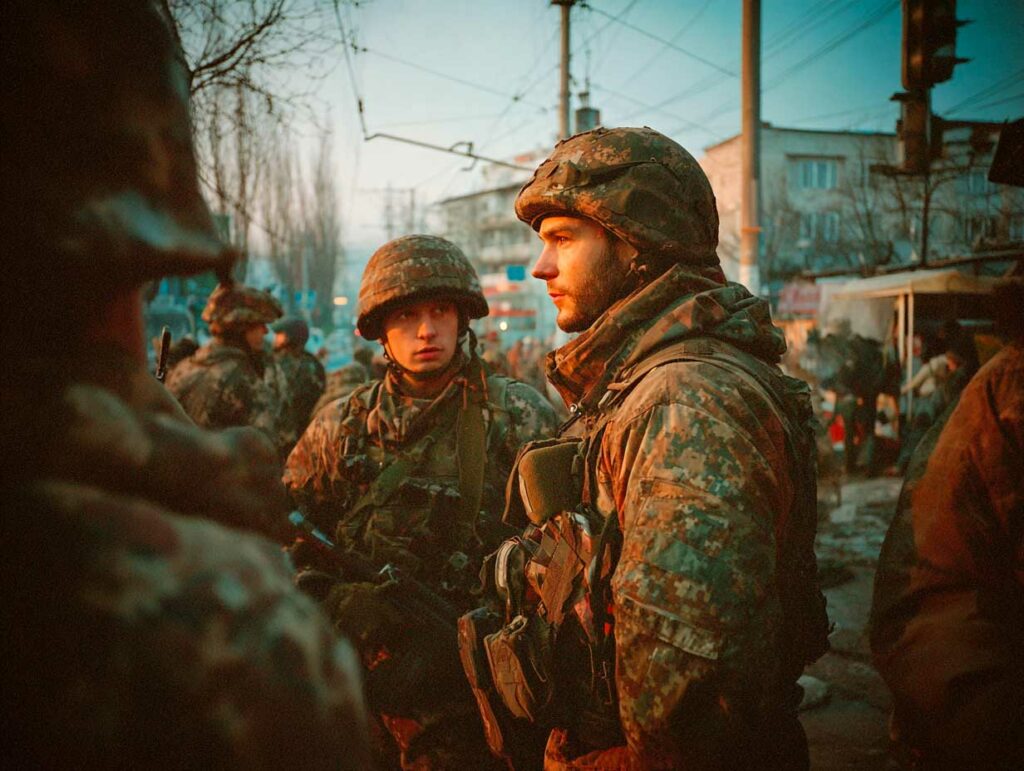
France delivers most of its military production to Ukraine: UX11 drones, Caesar artillery, ammunition. Analysis of an industrial and tactical strategy.
France is one of Ukraine’s main European military partners. In 2024, Paris decided to allocate most of certain arms production to Kyiv, while accelerating industrial ramp-up. This aid includes 2,000 UX11 drones, 155 mm ammunition, and the continued delivery of Caesar self-propelled guns. The support is based on two rationales: testing recent systems in real conditions and supporting French production lines in the medium term. The UX11 drone, which is lightweight and disposable, is designed for rapid strikes against unarmored targets. The truck-mounted Caesar gun has established itself as one of the most effective artillery systems in the conflict. Through these deliveries, France aims to combine tactical effectiveness on the ground, political support for Kyiv, and industrial profitability.

Massive delivery of UX11 drones to support Ukrainian infantry
In January 2024, France delivered 2,000 UX11 drones, also known as Colibri, to Ukraine. This model, developed by KNDS in cooperation with Delair, is an entry-level loitering munition designed for close combat. The UX11 weighs 1.5 kg, has a wingspan of 1.1 meters, and reaches a maximum speed of 60 km/h. It is powered by a battery-powered electric motor and offers an autonomy of approximately 45 minutes, with an effective range of 5 km from the control station.
The operator uses live video feedback to identify a target. Once locked on, the drone dives toward its target and explodes on impact, carrying a payload equivalent to several hand grenades, enough to neutralize groups of combatants or unarmored vehicles. The UX11 is designed as a consumable: the cost of the first models is estimated at around $21,000 per unit. However, KNDS plans to reduce the unit cost to less than $950 in mass production.
This strategy is based on two converging interests. On the one hand, Ukraine is looking for inexpensive smart munitions capable of striking without a pilot. On the other hand, French industry wants to validate the relevance of its innovations in real-world conditions. The UX11 offers a lightweight complement to heavier Bayraktar-type drones or Ukrainian-made FPV drones. Its low weight makes it difficult to intercept by Russian electronic warfare systems.
The French initiative is also part of a rapid investment program in industrial capabilities. In 2024, the Ministry of the Armed Forces tripled its investment in ammunition and drone production lines. This will enable Paris to meet Ukraine’s short-term needs while replenishing its own stocks, which are under pressure from deliveries in 2022 and 2023.
Caesar artillery: the backbone of Ukrainian counter-battery defense
Among the French equipment delivered to Kyiv, the Caesar artillery system has established itself as a tactical efficiency multiplier. This 155 mm truck-mounted gun, manufactured by Nexter, is capable of firing up to six shells per minute, with a maximum range of 40 to 50 km, depending on the ammunition used. The whole system is mounted on a road chassis, which reduces its total weight to around 17 tons, compared to 30 to 45 tons for a self-propelled tracked gun.
From the first deliveries in 2022, Ukrainian forces have highlighted the mobility and accuracy of the Caesar. The system can leave its firing position in less than 90 seconds after firing a salvo, making it particularly resistant to Russian counterattacks. It has been integrated into scattered firing doctrines, which involve deploying isolated but coordinated units to avoid concentration and increase flexibility.
France has adapted its industry to meet this demand. Production, initially limited to six units per month, is set to increase to eight by the end of 2024. Numerous improvements have been made based on feedback from Ukrainian users. These include:
– a new semi-automatic loading system, reducing fatigue for operators,
– compatibility with several types of shells (smoke, illumination, extended range),
– an improved fire control system, including GPS and INS modules,
– integration on different carriers, including Renault Sherpa and Arquus trucks.
Caesar artillery has enabled Ukraine to conduct effective counter-battery warfare in conjunction with NATO-supplied trajectory tracking radars. These sensors detect the trajectory of Russian shells in real time and calculate the origin of the fire. Caesar guns can then respond quickly, often before enemy guns have left their positions.

A competitive industrial model compared to American and Russian solutions
The performance of the Caesar system has been enhanced by low operating and maintenance costs. Unlike tracked systems such as the German PzH 2000 or the American M109, the Caesar is easier to maintain. It uses a road engine, consumes less than 60 liters of fuel per 100 km, and requires less personnel for logistics. Its tactical autonomy and ease of deployment make it suitable for mobile warfare.
In comparison, heavy tracked howitzers firing guided shells are significantly more expensive to produce and maintain. The American GPS-guided Excalibur shells cost over $80,000 each. The Caesar, with its conventional or modular propellant charge shells, can fire 40 km for less than $2,000 per shot.
This ability to combine low cost, high rate of fire, and high mobility makes it a popular solution on the market. The return to operational service in Ukraine has helped consolidate export contracts, particularly with Lithuania, the Czech Republic, and Belgium. In addition, the complementary nature of the Caesar and other long-range systems such as HIMARS and M270 MLRS (with a range of 80 to 500 km) allows for precise target segmentation.
The Ukrainian example has also highlighted the value of simple, robust and adaptable systems, compared to Russian systems that are often too heavy or slow to react. Despite having more guns at its disposal, the Russian army struggles to operate in dynamic environments due to a lack of tactical coordination and modern information systems. Caesar systems operating in tandem with observation drones and Western radars offer an integrated approach that Russian forces are unable to replicate.
War Wings Daily is an independant magazine.